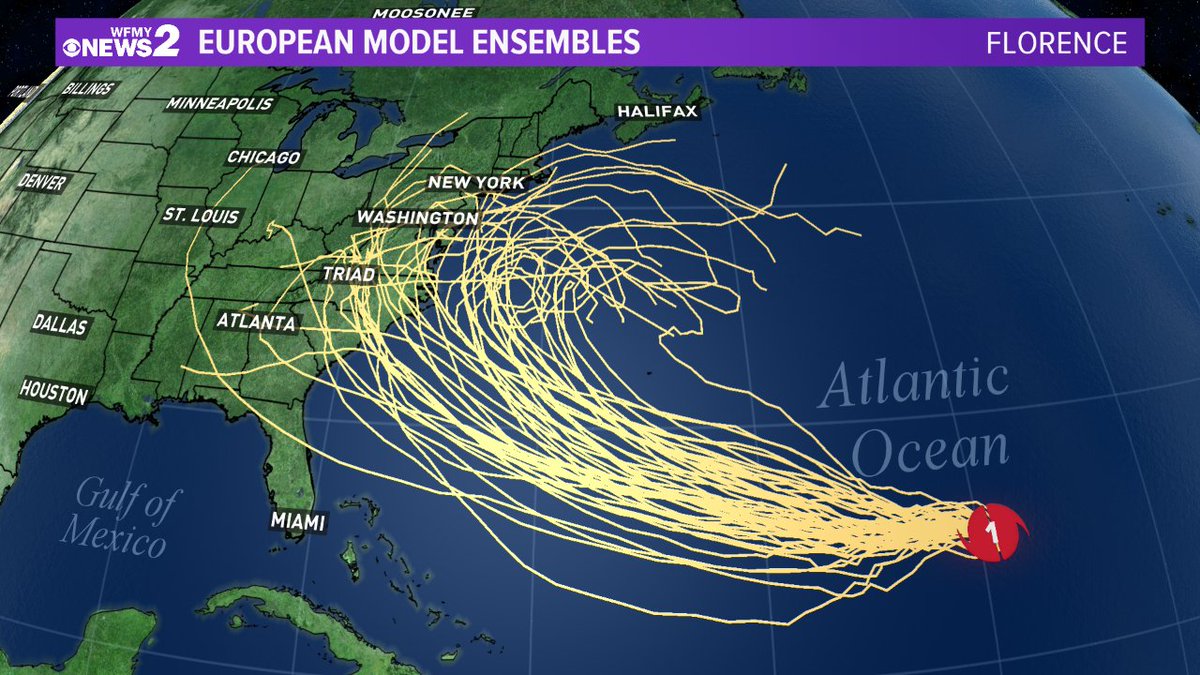Understanding Hurricane Beryl’s Spaghetti Models

Hurricane beryl spaghetti models – Spaghetti models are a crucial tool in hurricane forecasting, providing valuable insights into the potential paths and intensity of tropical cyclones. These models simulate the movement and development of hurricanes by running multiple computer simulations, each with slightly different initial conditions. The resulting ensemble of simulations creates a range of possible outcomes, visualized as a bundle of lines resembling spaghetti strands, hence the name “spaghetti models.”
Hurricane Beryl spaghetti models show a wide range of possible tracks, including some that could impact Barbados. For the latest information on the Barbados hurricane , please visit the Barbados Meteorological Services website. The spaghetti models are just one tool that forecasters use to predict the path of a hurricane, and it’s important to remember that the actual track may vary.
Stay tuned to your local news and weather sources for the latest updates on Hurricane Beryl.
Types of Spaghetti Models
There are two main types of spaghetti models: deterministic and ensemble.
Hurricane Beryl spaghetti models, also known as spaghetti models , show a range of possible tracks the storm could take. These models are created by computer simulations that take into account factors such as wind speed, atmospheric pressure, and ocean currents.
By studying spaghetti models, forecasters can get a better idea of where Hurricane Beryl is likely to go and how strong it might be when it arrives.
- Deterministic models: Run a single simulation based on the current state of the atmosphere and ocean. They provide a specific forecast of the hurricane’s track and intensity.
- Ensemble models: Run multiple simulations with slightly different initial conditions. They generate a range of possible outcomes, providing a probabilistic forecast of the hurricane’s behavior.
Advantages and Disadvantages of Spaghetti Models, Hurricane beryl spaghetti models
- Advantages:
- Provide a visual representation of the range of possible hurricane paths.
- Can help identify areas at risk and prioritize evacuation efforts.
- Ensemble models provide probabilistic forecasts, indicating the likelihood of different outcomes.
- Disadvantages:
- Can be difficult to interpret, especially for non-meteorologists.
- Deterministic models may not accurately capture the true path of the hurricane.
- Ensemble models can be computationally expensive and may not always provide reliable forecasts.
Analyzing Spaghetti Models for Hurricane Beryl: Hurricane Beryl Spaghetti Models

Understanding spaghetti models is crucial for predicting Hurricane Beryl’s path. These models depict various potential tracks, providing valuable insights for evacuation planning and disaster preparedness.
Interpreting spaghetti models involves examining the ensemble of lines representing potential hurricane paths. The thicker lines indicate a higher probability of the hurricane following that track. Additionally, considering the spread of the lines helps assess the uncertainty associated with the forecast.
Factors Influencing Spaghetti Model Accuracy
The accuracy of spaghetti models depends on several factors, including:
- Initial Conditions: Accurate initial conditions (e.g., wind speed, atmospheric pressure) are essential for reliable model predictions.
- Model Physics: The mathematical equations used in the models play a role in determining the accuracy of the forecasts.
- Ensemble Size: A larger ensemble size (more model runs) generally leads to more accurate predictions.
- Forecast Horizon: The accuracy of spaghetti models decreases as the forecast horizon increases.
Comparing Spaghetti Models
Comparing multiple spaghetti models is essential for assessing the most likely hurricane track. By overlaying different models, forecasters can identify areas of agreement and disagreement. The regions where multiple models converge indicate a higher likelihood of the hurricane following that path.
Using Spaghetti Models for Decision-Making

Spaghetti models play a critical role in emergency preparedness and response for hurricanes. They provide a probabilistic forecast of a hurricane’s potential track and intensity, allowing decision-makers to make informed decisions about evacuation, sheltering, and resource allocation.
Examples of Spaghetti Model Use in Hurricane Decision-Making
- During Hurricane Katrina, spaghetti models helped predict the storm’s potential path and intensity, allowing officials to issue timely evacuation orders and prepare emergency shelters.
- In Hurricane Sandy, spaghetti models were used to forecast the storm’s potential impact on the New York City area, enabling officials to prepare for flooding and power outages.
- Spaghetti models were also used in Hurricane Maria to predict the storm’s path and intensity, helping Puerto Rican officials prepare for the devastating impact.
Limitations of Spaghetti Models
While spaghetti models are a valuable tool for hurricane decision-making, they have limitations that must be considered. Spaghetti models are only as good as the data they are based on, and they can be inaccurate in certain situations. Additionally, spaghetti models do not account for factors such as storm surge and inland flooding, which can have a significant impact on hurricane damage.
Need for Additional Information
Due to the limitations of spaghetti models, it is essential to consider additional sources of information when making hurricane-related decisions. These sources include:
- National Hurricane Center advisories
- Local weather forecasts
- Historical hurricane data
- Expert analysis
By considering multiple sources of information, decision-makers can make more informed decisions about hurricane preparedness and response.